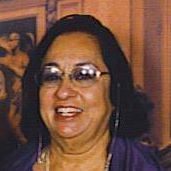Who designed the peace symbol shown in the image?
Gerald Herbert Holtom (1/20/14 – 9/18/85), a graduate of the Royal College of Fine Art and a World War II conscientious objector, designed the symbol for use in the 1958 Easter (April 4 – 7) march from London’s Trafalgar Square to the Atomic Weapons Research Establishment at Aldermaston, in Berkshire.
While working for the British Ministry of Education, Mr. Holtom created the logo on February 21. Inspired in part by “The Third of May, 1808”, painted in 1814 by Francisco José de Goya y Lucientes. In it, a peasant stands before a firing squad with his hands high and spread in a V, in surrender.
Mr. Holtom combined the semaphore letters N and D (for nuclear disarmament). The semaphore signaler forms the N by holding his flags (one in each hand) downward at an angle and forms the D by holding one flag straight up and the other straight down. He stylized the straight lines and put them into a circle. All the lines are the same thickness.
The design originally was called the CND symbol, after the British Campaign for Nuclear Disarmament, which financially supported that first “Aldermaston March”. Ceramic badges were created from the design for marchers to wear in their lapels.
As neither Mr. Holtom nor the CND ever copyrighted, trademarked, or in any restricted use of the symbol, it was adopted internationally and became known as the “peace sign.”
The peace symbol in the image was formed by protesters in Budapest, Hungary, holding lit candles.
More Info:
en.wikipedia.org






